|
Audio Version
Getting your Trinity Audio player ready...
|
Sunscreen is an undeniable ally for the health of our skin. However, some of its ingredients are far from harmless. Even if its benefits far outweigh its risks, it cannot be denied that the impact of these components is still poorly understood and sometimes harmful, especially for the environment.
Many studies also suggest a possible long-term health effect, especially with substances suspected of being endocrine disruptors, which means ones that impact on our hormonal system.
With this article, we are going to give some details about these harmful or suspicious substances, so that you can avoid them when buying sun protection.
We collected several articles from OCU (Organización de Consumidores y Usuarios), an independent organisation recognized in Spain, as well as 60 Million de Consommateurs, a similar French organisation, and some other information on specialized sites such as Agir pour l’Environnement.
UVA and UVB Protection
Before going any further, we need to understand what is harmful to our health when we are exposed to the sun, so that we can protect ourselves properly.
There are mainly 2 types of UV rays: UVA and UVB.
UVB rays are the main cause of sunburn. UVA rays penetrate the skin more deeply and are one of the causes of premature aging.
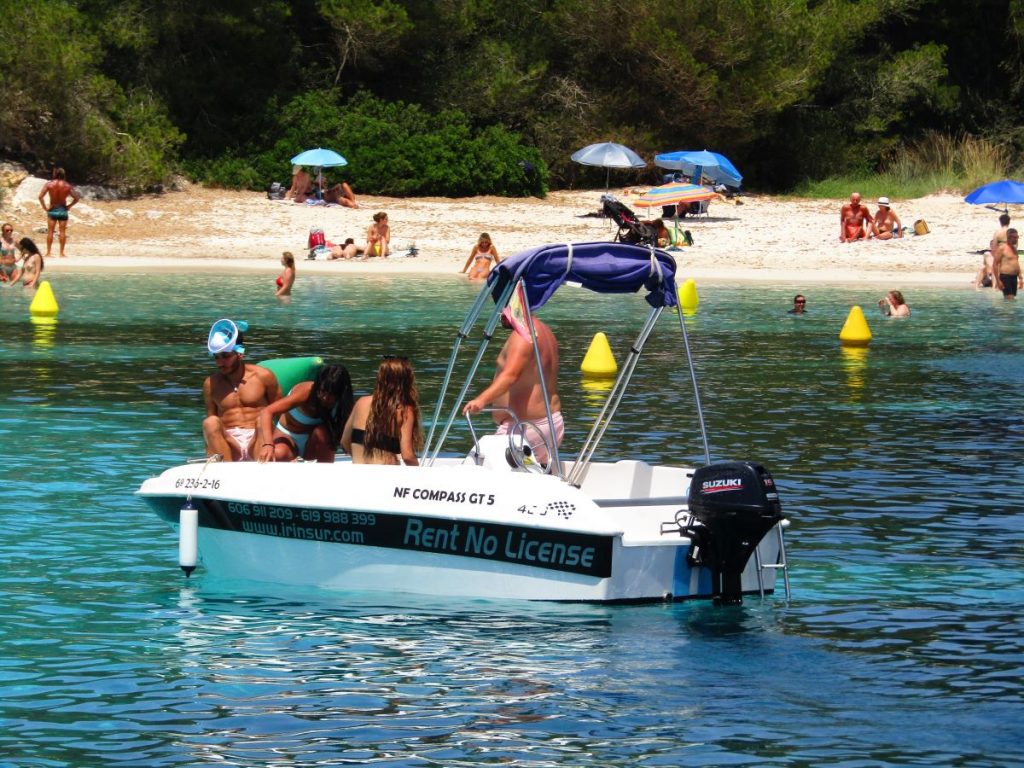
It is important to choose a cream that protects against both types of UVs.
Even though we tend to focus on UVB rays, UVA rays can also be risk factors for cancer.
When choosing your sunscreen, make sure that the UVA logo is also present on the packaging.
The sun protection factor
Although the level of protection should not influence how often you apply your sunscreen, be aware that the level of protection can allow you to better protect your skin, and should be chosen according to your skin type.
Indeed, we do not have the same needs depending on the time of year, time of day, location, temperature, or the color of our skin.
While all skin types need sun protection (no, no skin is immune to the sun!), Their needs are different.
We must also be wary of our false perceptions: cloudy weather does not necessarily protect us from the sun. The reflection of the sun can also be treacherous, especially the reflection of water or snow. For example, it is usually on a boat where the feeling of cool wind deceives us, or in the cold mountains, that we are perhaps most likely to get sunburnt.
All the more reason to know the indices of our sunscreens!
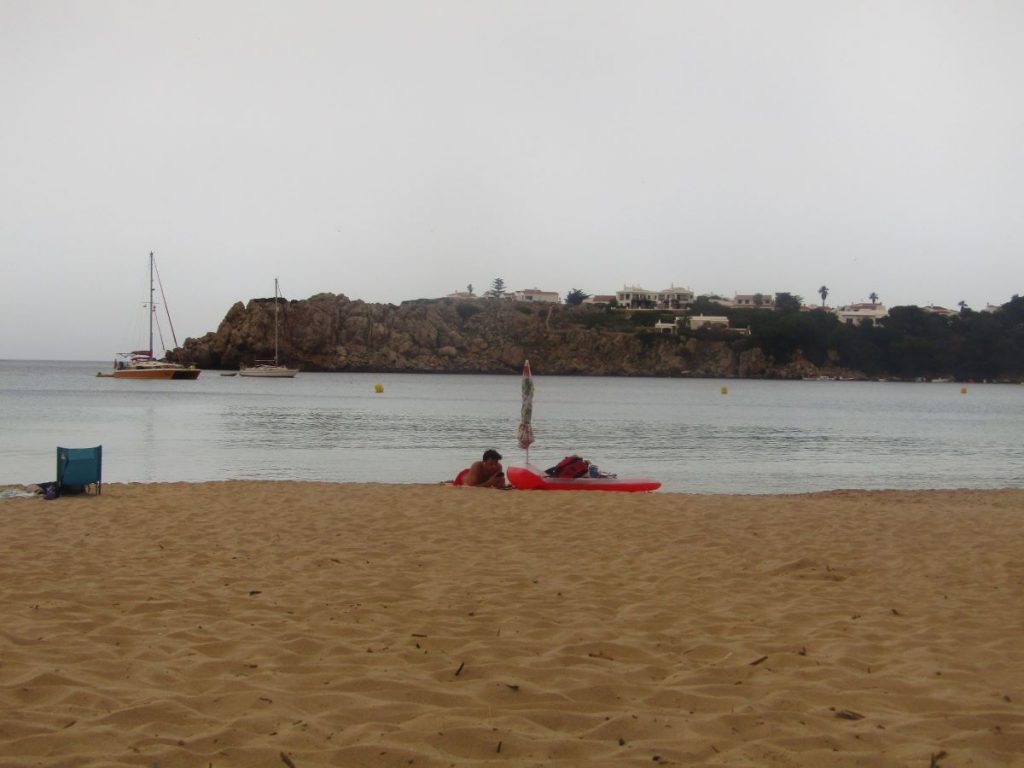

The protection factor is as follows:
- low protection (6 – 10),
- medium protection (15 to 25)
- high protection (30 to 50)
- very high protection (50+)
The factor calculates the rate of radiation that will be transmitted to our skin. This is a rate for UVB at 1 / index. To give you an example, a factor of 30 means that the cream blocks 97% of UVB rays (because 1/30 = 0.033, or 3% of UV transmission).
For UVA, the level of protection is one third: a factor 30 cream will have a UVA protection factor of 10.
Sunscreen filters
There are two types of filters: chemical filters or natural filters, also called mineral filters.
A sunscreen can be using chemical or mineral UV filters, or even both.
Chemical filters
This type of filter works by absorbing UV radiation.
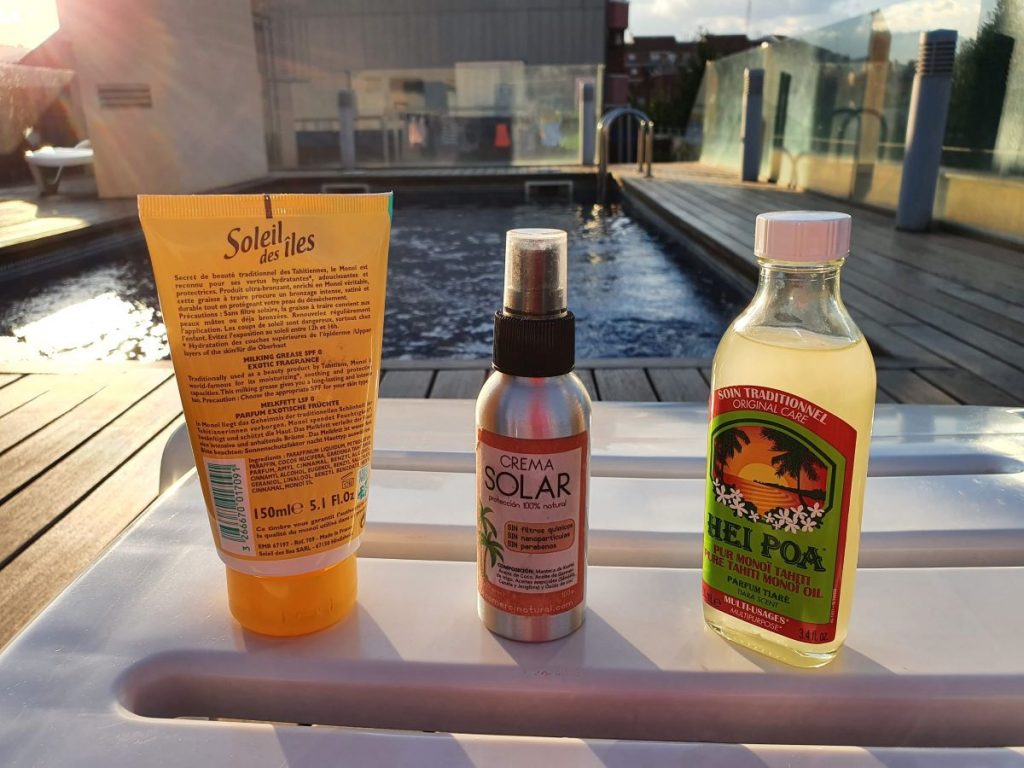

Mineral filters
Natural filters, also called mineral filters, have a reflective action that prevents them from penetrating the epidermis.
These are zinc oxide and titanium dioxide.
Contrary to what one might think, they are not harmless to the environment. Indeed, as they remain on the surface of our skin, they are easily deposited in the water, and can cause problems for marine environments.
So why use a sunscreen with natural mineral filters rather than chemical filters?
It’s like everything, we realize that what is chemical is neither harmless to the environment, nor to our long-term health.
CMR substances (carcinogenic, mutagenic, reprotoxic) are in principle prohibited.
But even if cosmetic products are among the most strictly regulated products in the world according to Febea (Fédération des Entreprises de la Beauté), there are still many chemicals in use and it is not always easy to know everything about their possible toxic effects in the long term.
In addition, endocrine disruptors are still poorly regulated.
Mineral filters also have fewer allergens, so sunscreens of this type give fewer irritation problems.
You should also avoid chemical preservatives such as parabens which can cause many health problems. These can be replaced with ingredients containing vitamin E, such as Tocopheryl acetate.
However, the study carried out by 60 millions de consommateurs has shown that organic sunscreens do not protect against UVA rays as efficiently as chemical ones. So please check that before purchasing your organic sunscreen.
The worrying chemical ingredients found in sunscreens
60 millions de consommateurs warn of 10 extremely worrying ingredients often found in sunscreens:
6 sunscreen filters:
- ethylhexyl methoxycinnamate – also questioned by the OCU – is a suspected endocrine disruptor
- octocrylene
- 4-methylbenzylidene camphor (4-MBC) which would have effects on reproduction and the behavior of aquatic fauna, as well as a threat as an endocrine disruptor
- homosalate
- zinc oxide and titanium dioxide nanoparticles
Nanoparticulate titanium dioxide or titanium dioxide [nano] has long been considered safe and is now in the process of changing status, likely to become a possible carcinogen (category 2) by inhalation, with regulatory consequences in the European Union in 2021. But these are scientific controversies that we cannot yet be sure of.
2 emollients:
- Cyclohexasiloxane or D6 or dodecamethylcyclohexasiloxane is classified as PBT (Persistent, Bioaccumulative and Toxic) and according to the GHS it is harmful to the aquatic environment in the long term.
- Cyclopentasiloxane or D5 or Decamethylcyclopentasiloxane has the same characteristics as D6.
An antioxidant:
- BHT (suspected of being an endocrine disruptor which also causes ecotoxicity in marine environments.)
A preservative:
- phenoxyethanol (according to a Japanese study, this is one of the most detected substances contaminating rivers).
The OCU also denounces the same substances that are toxic to our health and the environment.
In addition to the sun filters mentioned above, they highlight preservatives and perfumes:
- Propylparaben and butylparaben: 2 preservatives that have an endocrine disrupting effect
- Butylphenyl methylpropional: a fragrance associated with allergies and contact dermatitis, and a possible mutagen.
The OCU also features 26 fragrance ingredients to avoid for allergies, such as citral, geraniol, citronellol, Benzyl alcohol, Linalool, Benzyl benzoate and d-Limonene.
Benzyl alcohol is also included in the analysis of Agir pour l’Environnement, which classifies it as “very worrying” because it can produce contact urticaria, among other problems.
As for its impact on the environment, it all depends on how it was produced. If it has been petro chemically synthesized, it is a pollutant, but if it is of plant origin, then it can be found in organic products.
Sunscreen and substances toxic to the environment
We have already seen that what is bad for our health is often also bad for marine fauna.
According to the OCU, sunscreens are generally very protective against UVB rays for those they have analyzed (factor 30). Same observation for 60 millions de consommateurs (factor 50+). Which is rather reassuring.
They then analyzed several factors, not only the ingredients used but also the packaging.
Indeed, you have to see the whole eco-design of the product to ensure that you can responsibly use the sunscreen. They also assess the material used, its recyclability or biodegradability, among other factors.
In our article on plastic recycling, we noted that pump mechanisms were impossible to recycle. So if you want organic, natural sun protection with less impact on the environment, it is better to avoid packaging involving pumps or sprays.
The OCU has also concluded that most sunscreens are harmful to the environment.
It’s not for nothing that Hawaii has banned certain filters since January 2021 to protect coral reefs, including oxybenzone (benzophenone-3) and octinoxate.
They also want to go further from 2023 and the Hawaii bill, if enacted into law, would prohibit two other filters: octocrylene and avobenzone.

Beyond organic or mineral filters that are harmful to the aquatic environment, other ingredients can indeed be problematic for the environment, such as solvents and polymers.
To summarize, here is a list of the most harmful sunscreen filters for the environment:
- Homosalate
- Butyl methoxydibenzoylmethane:
- Bronopol (2-bromo-2-nitropropane-1,3-diol)
- DMDM Hydantoin
- BHT
- EDTA compounds
- Allergenic perfumes such as limonene, hexyl cinnamate, benzyl salicylate, butylphenyl methylpropional
- Microplastics: dimethicone, carbomer and polymers are considered microplastics and are very common in sunscreens. These microplastics, as we talked about in our article on plastic recycling, are not biodegradable and are impossible to eliminate once introduced into the marine environment.
Substances of concern in solar protection
Nanoparticles
Nanoparticles are at the heart of the debate for sun protection.
Their nano size is now considered a possible danger. For a long time, it was considered very unlikely that nanomaterials could pass through the skin. However, even if the possibility remains small, it can no longer be ignored.
On the one hand, because of the possible bioaccumulation in the body, but also because of their possible evolution on contact with other substances, such as chlorine from swimming pools.
Unfortunately, this is what is often used in mineral filters that are supposed to be natural and therefore less harmful to our ecosystems…
The problem is that brands want to try and improve their products and use nanoparticles so that mineral filters leave fewer white marks and are easier to apply…
By law, brands must mention nanoparticles in their products. However, a recent UFC Que Choisir investigation found that this was not the case in most cases. So you could get an organic sunscreen with nanoparticles without knowing it, which could be bad for your health and that of the environment…
Practical advice to protect yourself from the sun
Finally, regardless of the sun protection you choose, it is worth remembering some good practices.
- Reapply every two hours when you are exposed to the sun, or more often with an organic cream.
- Avoid exposure at the hottest hours (11 am-4pm)
- Watch out for children who are even more fragile and must absolutely avoid the sun
- Use additional protection to sunscreen: hat, t-shirt, parasol
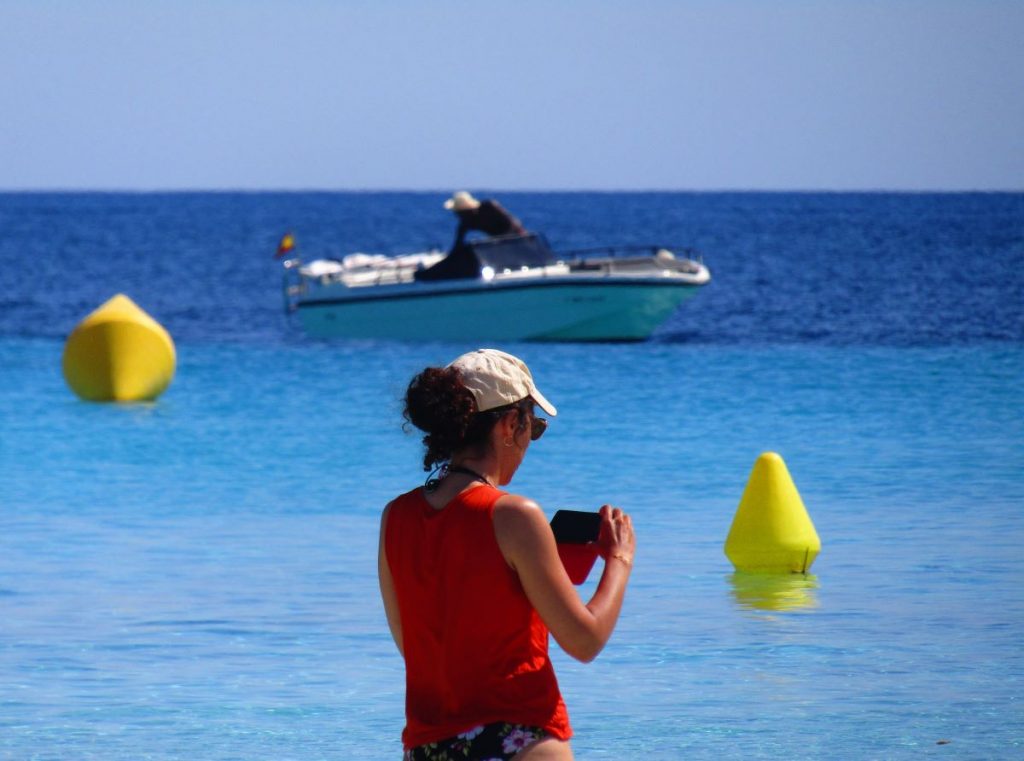
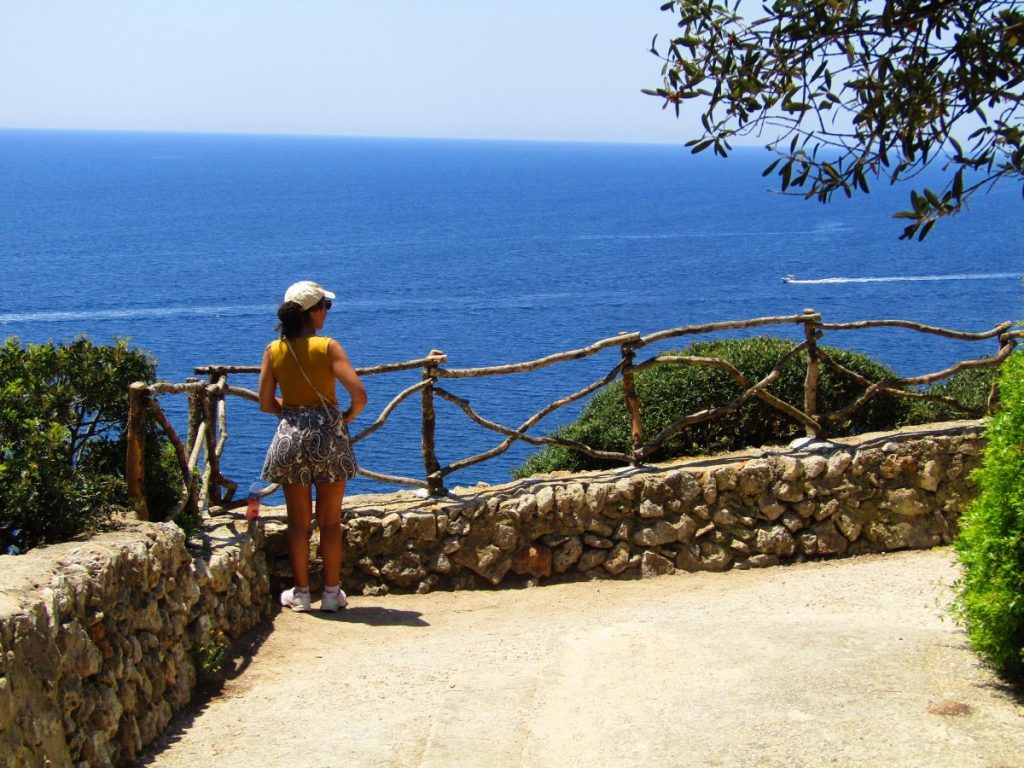
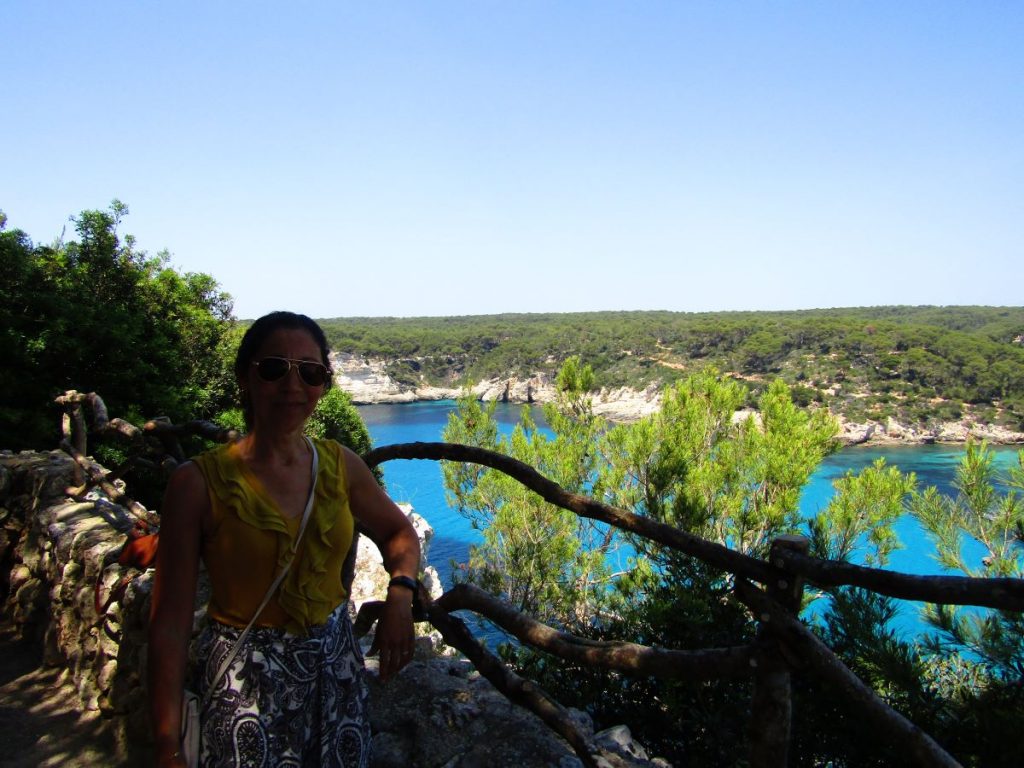
- Protect yourself before swimming (water does not protect against the sun)
- Protect yourself after swimming, once dry, for better effectiveness of your cream.
- Do not rely on the price of your sunscreen: it does not guarantee its effectiveness according to both studies by 60 millions de consommateurs and the OCU.
- Total block screen does not exist. The SPF 50 rating is actually going to depend on the quantity you put on your skin. The calculations of the factors were made on the basis of 2 mg of cream per cm². To give you an idea: we put on average 3 times less.
- Your sunscreen is a product that loses its quality over time: if poorly stored (in the sun, in the sand, etc.), its effectiveness decreases. Its expiration should be indicated on the tube.
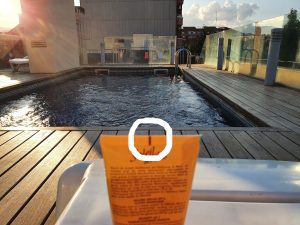
- There are also sunscreen oils, which – at equal SPFs – offer the same level of protection as lotions. The only difference is the texture. If you use one with mineral filters, it has the advantage of avoiding white traces. Just make sure they don’t contain nanoparticles.
- Do not use protection all year round unless you’re exposed to the sun. Especially with chemical components. Also no need for day creams with SPF: if you put it on at 7 a.m., it will no longer have any effect during your lunch on the terrace at noon. If you have lunch on a terrace, it’s important to use sunscreen half an hour before exposure, and that is valid all year round.
- If you are using chemical filter sunscreen, it should be applied at least half an hour before swimming. This is the time it takes for the lotion to penetrate the skin, and also to protect you effectively and thus avoid polluting the sea.
Note: Avoiding sunscreen before swimming has little effect on the pollution of the oceans, due to the mineral filters that remain on the surface of the skin.
You get it: zero-impact sun protection does not exist. Even UV-protective clothing sometimes has chemical components, so pay attention when you buy something.
If you know a brand that guarantees to be natural, without nanoparticles, and which protects both UVA and UVB, do not hesitate to leave us a comment or to fill out our address book by mentioning the name of that brand. We’ll be happy to look into it and potentially add these brands to Planeta Sana to help the community find products that are good for the planet and our health!
This is our calling at Planeta Sana!
The following sources have also been used to write this article:
– OCU Salud 156 July 2021 “Alta protección, Piel a salvo, pero el mar…”
– Beat the Microbead (Dutch NGO)
– 60 Millions de Consommateurs nº571 – July 2021 “Solaire, le top de crèmes: essai – spray, crème, lait, efficaces contre les UVA et UVB, les plus écologiques.”

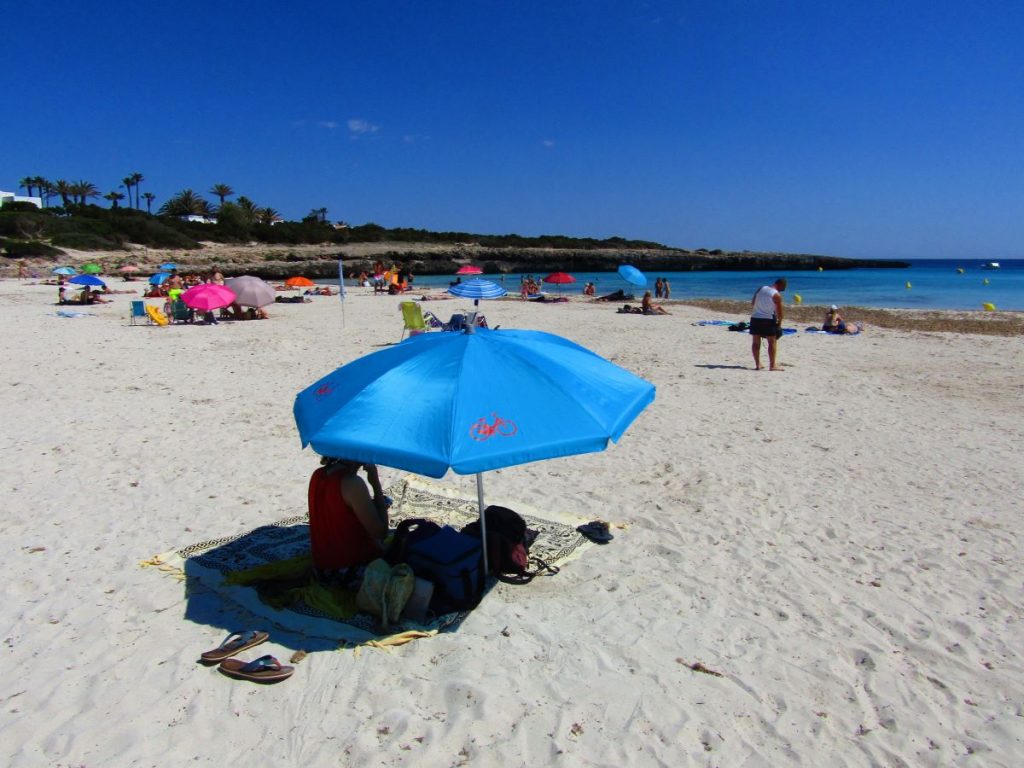
Great article! Very clear for people now to look and buy the right suncreme. Love it.
Thank you for your feedback! Glad it’s helpful and clear.
I’ve always wanted to research the best sunscreen to protect our oceans!!! Thank you so much for this bundle of information!!